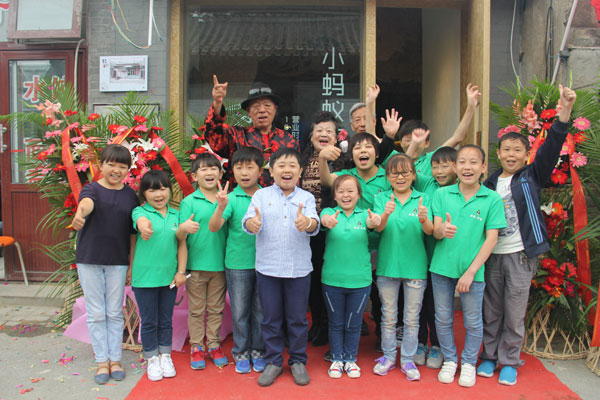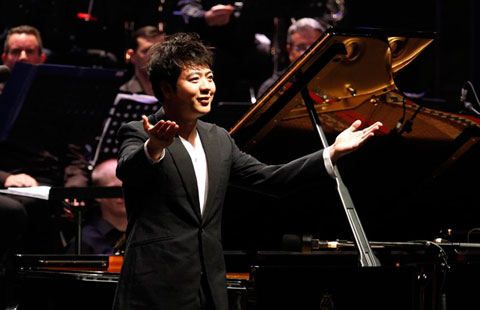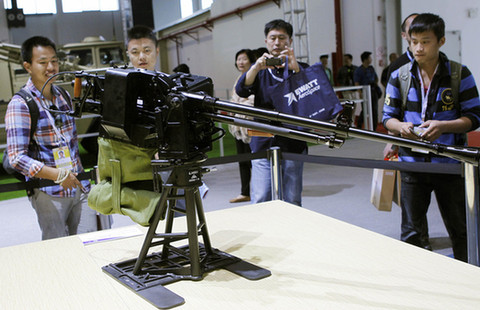Little puppeteers add vitality to ancient folk art
Updated: 2014-11-14 07:00
By Jiang Wanjuan(chinadaily.com.cn)
|
||||||||
 |
|
The Little Ants troupe.[Photo provided to chinadaily.com.cn] |
The dexterous girl soon picked up the skill of carving puppets out of leather, painting them, manipulating the puppets and performing for the audience. Now an outgoing and talkative all-rounder, Li’s face does not reveal her past low self-esteem.
"In the past, I just didn't want to communicate with people. I always felt they would tease me," she recalled. "Now all my family members told me I've changed. I don't know how, but I am really glad that I found a job I love and can also support myself."
Although Yang and her colleagues took the job to earn a living, they have also gradually come to understand the deeper significance and responsibility of their jobs – to keep an old folk art alive.
Yang and her colleagues are all able to fluently introduce the history and story of shadow puppetry to any audience.
Shadow puppetry originated in north China about 2,000 years ago during the Western Han Dynasty (206 BC- 24 AD). The puppets are made of animal skin, tree bark or paper board, and attached to long rods that the artists can control behind a white cloth. On the other side, the audiences watch the shadows of the puppets on the white screen while the puppeteers bring the characters alive.
Shadow puppetry was widely popular in the past when entertainment options were limited. The folk art is still being performed in some rural areas but gradually lost appeal to urban audiences.
Watch the video: Little puppeteers dream big
- S. Korea to hold drill in islets disputed with Japan: Seoul
- China, Pakistan pledge to strengthen air force cooperation
- B20 urges G20 to make bold commitments for growth, jobs
- Britain to introduce tough new foreign fighter laws
- World's tallest man meets world's shortest man
- Lang Lang honored with German award

 Premier Li pledges to strengthen cooperation with India
Premier Li pledges to strengthen cooperation with India
 Lang Lang honored with German award
Lang Lang honored with German award
 Airshow China soars to success in Zhuhai
Airshow China soars to success in Zhuhai
 The most people dine on the beds
The most people dine on the beds
 Dangling workers rescued from World Trade Center
Dangling workers rescued from World Trade Center
 Long-term visas issued for China, US citizens
Long-term visas issued for China, US citizens
 Long-term visas issued for China, US citizens
Long-term visas issued for China, US citizens
 Culture Insider: Chic items in ancient China
Culture Insider: Chic items in ancient China
Most Viewed
Editor's Picks

|

|

|

|

|

|
Today's Top News
US spying scheme targets Americans' cellphones
The Waldorf's hefty price tag
China, US to build milk-powder plant in Kansas
China, ASEAN set goal for upgrading FTA
Country pushes for code at South China Sea
Beijing wants to keep 'APEC blue'
US, China reach landmark pacts
Youth urged to get politically involved
US Weekly

|

|








